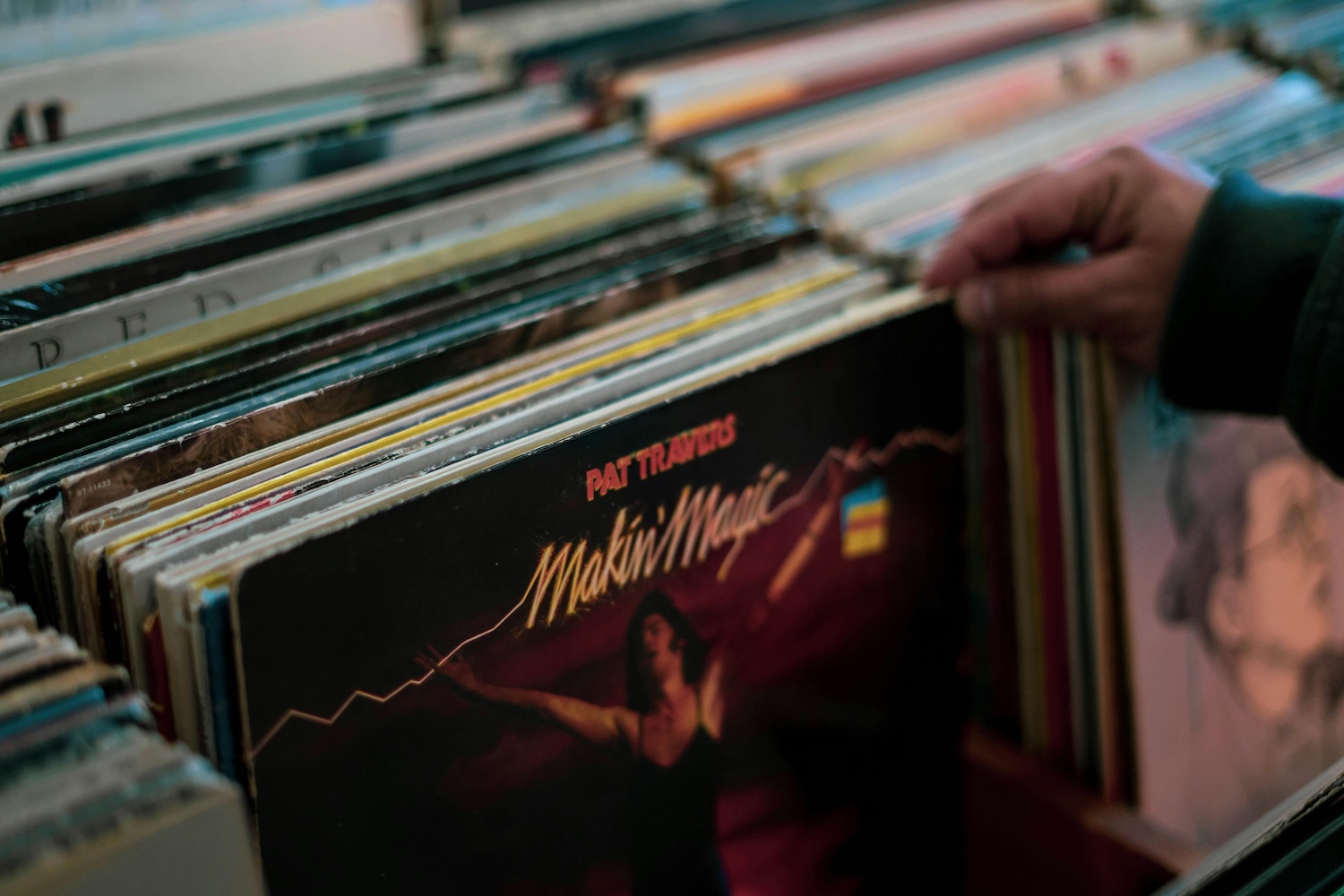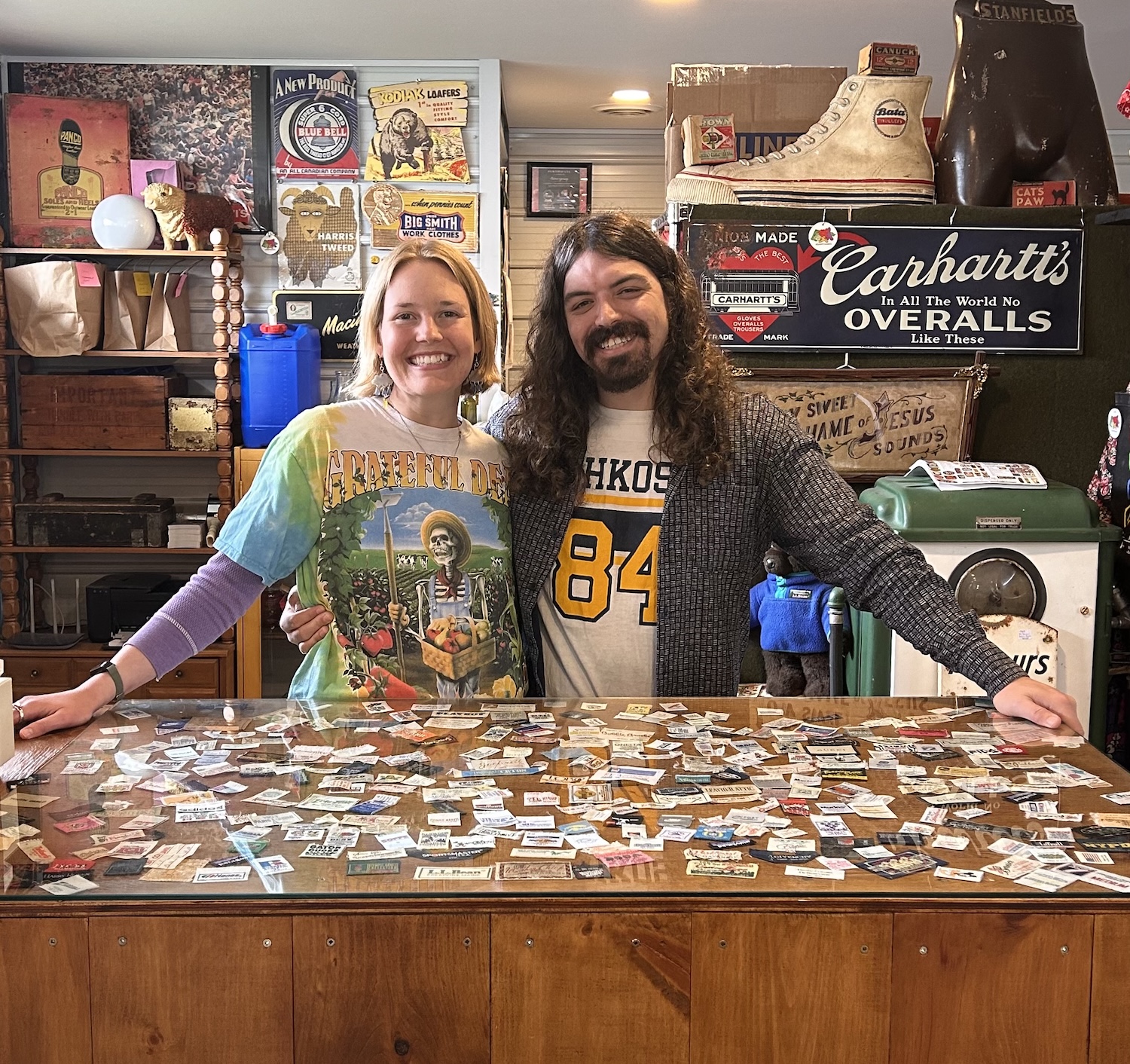
Something old: The ultimate guide to thrifting a wedding dress
Your ring is sparkling, your event planning is in full swing — now to find the perfect wedding dress. With our guide to thrifting your dress, you'll not only find “the one,” but also feel sustainable, savvy and stylish. What more could a bride want?
The wedding tradition of “something old” has existed since the Victorian era. While in the past, this tradition may have been represented by something small like a piece of jewelry, many vintage-loving brides are choosing to wear something secondhand on their big day.
Choosing a secondhand dress is not only budget-friendly and eco-conscious, it is also a unique way to showcase your personal style on your special day.
1. ‘Keep an open mind’ about your dream dress.
When Eilidh Macdonald bought a white silk dress for $20 at a thrift store, she had no idea that it would be her wedding dress one day.
“It was about four sizes too small for me, but I loved it. I initially bought it for my shop,” says Eilidh, owner and founder of Pearl’s Vintage in Lunenburg, Nova Scotia. “But every time I went to steam her or put her out on the rack for sale, I couldn’t bring myself to do it.”
When she got engaged two years later, Eilidh tried on every white dress in her inventory, including that same silk dress.

“That’s probably my number one tip. Try on everything and keep an open mind,” she says. “We can get stuck on an idea and that can be limiting.”
Her saving grace was a good tailor, who was able to customize the dress for Eilidh’s wedding by adding panels and sleeves to her dream dress.
“You can use the dress as a base and customize it to fit your vision,” says Eilidh.
“Creating a wedding mood board is another great way to get an idea of what you like. You can use Pinterest — you can even make a physical collage using cutouts from vintage bridal magazines for inspiration.”
2. Try thrift or curated vintage.
While thrifting a wedding dress is the most affordable option, it is also the most time-consuming.
“It depends on your time and budget,” says Eilidh. “You can find great things at the thrift store, but it’s a big time commitment. If you’re a thrifty bride, I’d recommend having a long engagement! And there are some amazing curated vintage shops out there. Depending on your timeline and budget, you can balance and supplement where needed.”
When Dana Francoeur and her husband decided to elope in the fall of 2020, she chose to purchase her elopement outfit, a 1940s wedding suit, from FabGabs, a vintage seller she knows and trusts.

“She posted this fabulous little number, and while there wasn’t much history on it, I imagine it once belonged to a 1940s war bride who needed something quick to throw on and marry her man before he went off to war,” Dana says.
Dana, who loves all things vintage, had her wedding ceremony with friends and family the following year.
Continued below
Find vintage and antique shops near you
Browse our directory
Continued from above
While she loved the custom-made, floor-length dress she wore for her ceremony, she wanted something that was easy to move in for her wedding reception. She found the solution in the form of a sequined and feather-trimmed dancer’s dress from the 1950s.
“I never expected to find anything like it because I never even knew something like that existed. But when I saw it, I knew it was perfect,” she says.
“My husband and I are swing dancers and our first dance was a swing dance routine with a lift. That wasn’t going to happen in a giant dress! But in my little dancer’s dress, we could flip and spin — I felt as light as a feather.”

3. Look beyond the bridal section.
Pearl’s Vintage’s brick-and-mortar shop boasts a small wedding section, but Eilidh says her customers have shown her just how flexible wedding wear is.
“I like to leave it open to their interpretation. The same dress that one person might wear to their bachelorette might be the dress that someone else would get married in,” she says.
“It’s so cool to see people come in and find something for those moments in their life — sometimes someone will casually come in and walk out of the dressing room and tell me, ‘This is my wedding dress.’ I actually have a bell that I ring whenever someone finds their wedding dress at my shop!”
4. Embrace sustainability — for all your wedding needs.
While the wedding dress tends to be the star of the show, Eilidh often has brides looking for outfits for the plethora of events associated with a wedding: the bridal shower, bachelorette, and outfits for other members of the bridal party.
For her own wedding, which was strongly influenced by the 1970s, Eilidh sourced her bridesmaids dresses, ring bearer’s suit, flower girl’s dress, wedding decor, and even some of her guests’ outfits secondhand. Her reception, held at a Fleetwood Mac cover band concert, tied the theme together.

“With everyone dressed in clothing from that era, we were all kind of transported back in time,” she says. “We had people going through their grandparents’ closets rather than going out and buying something new to wear once.”
The average wedding produces 400 pounds of waste and 63 tonnes of CO2 emissions, according to Kate L. Harrison, author of 2008 book The Green Bride Guide.
Eilidh says that sourcing high-quality vintage items for all aspects of a wedding is a great way to reduce waste.
“The environmental impact of weddings is already so huge,” Eilidh says. “Even small things, like shopping secondhand for your wedding outfits or using vintage tea cups and serving platters rather than single-use plastic, can make your wedding not only more unique, but also more sustainable.”

5. Pay attention to quality and value.
While sustainability is a major benefit of choosing to shop vintage in general, both brides found they got much more bang for their buck when it came to choosing vintage over a brand-new gown.
While shopping for her wedding dresses, Dana noticed a stark contrast in the quality of vintage wedding gowns compared to that of new dresses.
“The structure, the stitching and the material is probably 10 times better than what you see today,” she says. “I also found the prices of new dresses to be outrageous — plus you have to consider the cost of alterations on top of the initial dress price.”

The estimated value of the global bridal gown market is upwards of $65 billion, and, according to wedding website The Knot, American brides spend an average of $2,000 USD on their wedding dress.
While many modern wedding dresses are crafted from high-quality materials like silk, chiffon and organza and can be made to order, the price reflects that.
A good tailor, on the other hand, can alter just about any existing dress to fit your vision.
Even with customizations and alterations, Eilidh’s thrifted wedding dress cost her a fraction of what a new gown would have.

“If you can save money on the initial piece, you can make it your own and customize it. Even then you’re not going to come close to the cost of a new dress,” Eilidh says.
“My dress was 100 per cent silk, and it has such incredible details and embellishments. I could not afford to buy a new gown with that kind of quality and detailing.”
Looking to start your search? Try your local thrift stores, or hit up a vintage bridal shop for a more curated experience.
_____
Megan Hoegler is a freelance writer, yoga teacher and thrifting enthusiast based in Calgary, Alta.
Thank you for valuing our work!
Support our work to see this page.
You’ve got a good eye, but this gem is only available for members. Register for a plan or upgrade your current one to peek behind this vintage curtain, or log in below.















